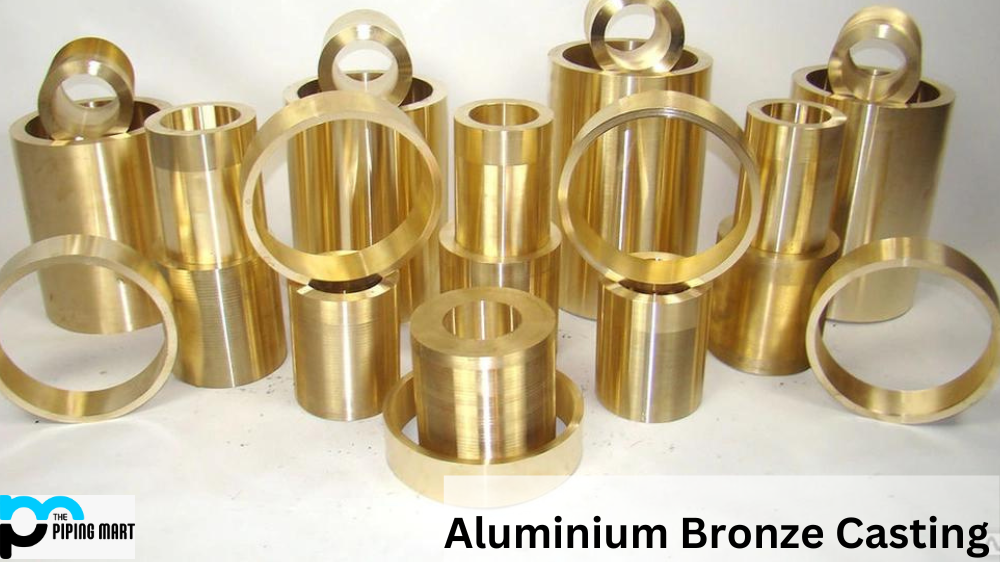Molybdenum is an essential component of steel manufacturing. It affects the strength, hardness, and durability of the steel. From who discovered it to when it was discovered, let’s explore the importance of Molybdenum in steel manufacturing.
What is Molybdenum?
Molybdenum (Mo) is a metallic element that is often added to steel during production. It has a grayish-white color and is highly resistant to corrosion and wear. This makes Molybdenum an ideal material for use in industrial processes such as steel manufacturing, as it can improve the performance of the steel without compromising its structural integrity.
Who Discovered Molybdenum?
Molybdenum was first discovered by Swedish chemist Carl Wilhelm Scheele in 1778. Scheele was experimenting with pitchblende—a uranium ore—when he accidentally created an unknown element that was later identified as Molybdenum. In 1871, German chemist Peter Jacob Hjelm isolated pure Molybdenum from pitchblende and confirmed Scheele’s discovery more than 90 years prior.
When Was Molybdenum Discovered
Molybdenum is an important transition metal that was discovered in 1778 by Swedish chemist Carl Wilhelm Scheele, who identified it within the mineral molybdenum. A year later, in 1779, Peter Jacob Hjelm was able to produce a sample of pure Molybdenum by heating samples of Molybdenum with graphite and found that the Molybdenum changed color as it heated. Despite the discovery made over 200 years ago, Molybdenum is still used today in industrial alloys and processes, from weapons manufacturing to unleaded gasoline and alloys for aircraft engines. It’s a useful element, proving its use throughout history.
What Does Molybdenum Do in Steel?
When used in steel production, Molybdenum helps enhance the strength and hardness of the finished product. It also improves resistance to corrosion and oxidation, making it especially useful when creating products designed for long-term use or prolonged exposure to harsh environments. Additionally, Molybdenum increases the melting point of steel so that it can be used in higher-temperature applications without losing its structural integrity.
Does Molybdenum Rust
Molybdenum is a highly durable material that is resistant to corrosion and rust. Much like other ‘noble materials such as stainless steel and aluminum, Molybdenum does not corrode or react when exposed to air, moisture, or other environmental elements. For this reason, the metal is commonly used in industrial applications because of its long-term durability and low maintenance requirements. While more expensive than alternative components, using Molybdenum saves money in the long run due to its high resistance to rust, which eliminates costly repairs and replacements over time.
Is Molybdenum a Metal
Molybdenum is a chemical element with the atomic number forty-two and has the symbol Mo. It belongs to group 6 of the periodic table, which somewhat categorizes it as a transition metal. This classification is disputed, however, as while Molybdenum exhibits properties of metal elements, it is also generally classified as a “pseudo-metal.” While traditional metal elements are ductile and malleable, Molybdenum’s properties point more towards non-metallic such as its fantastic electrical conductivity. It does have certain applications in metallurgy that involve some distinctive metal working treatments making it an essential element for many industries. However you slice it, Molybdenum is an important and unique material that truly blurs the line between what’s traditionally classified as “metal” or “non-metal.”
Is Molybdenum Magnetic
Molybdenum is not typically considered to be magnetic, but its magnetic properties depend on the state it is in. In its pure form, Molybdenum is diamagnetic, meaning it will repel magnetic fields if exposed to them; however, its alloys – when mixed with different elements such as iron or nickel – become significantly more magnetic resulting in unusual phenomena. Molybdenum-steel alloys are often used for applications that require high levels of magnetism, such as sorting and separating materials based on their different magnetic properties, making Molybdenum one of the most sought-after elements for such uses.
Conclusion:
Molybdenum is an essential part of steel manufacturing due to its ability to increase strength and durability while improving resistance to corrosion and oxidation. Without this important metal, many industries would not be able to produce quality products that can withstand long-term exposure or high temperatures without losing their structural integrity. Whether you are a professional journeyman or just getting started with learning about metalsmithing, understanding the role that Molybdenum plays in producing quality steels will help you create better products for your customers!

Pipingmart is a B2B portal that specializes in metal, industrial and piping items. Additionally, we share the latest information and information about materials, products and various types of grades to assist businesses that are involved in this business.




